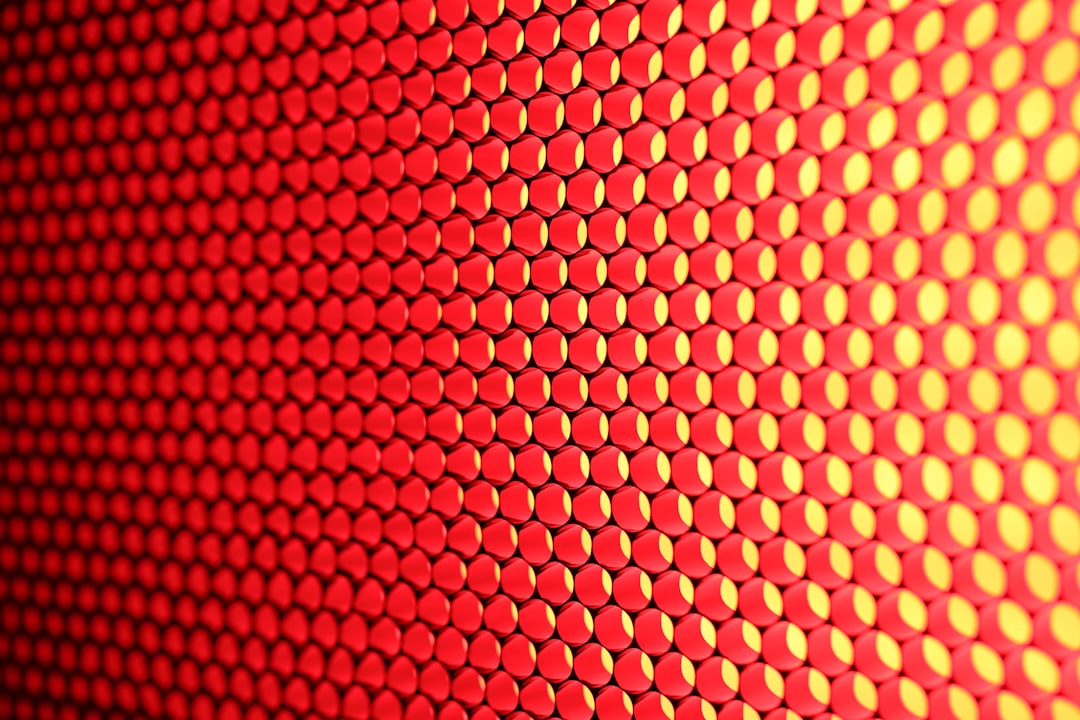What is it about?
Isophoric arrays have found practically importance. This work aims at finding a suitable element positioning of elements on a concentric circular grid isophoric array. A hybridization of Backtracking Search optimization algorithm and Differential Evolution is proposed and used to find an optimal array geometry which provides low sidelobe and highly directive radiation pattern.
Featured Image
Why is it important?
Isophoric arrays have found practically importance. This work aims at finding a suitable element positioning of elements on a concentric circular grid isophoric array. Number of elements and feed network designing have direct relation with the implementation cost, and proper positions of elements can provide directive radiation pattern with low interference. Optimal array geometry fits the requirements in almost every aspect of low sidelobe pattern synthesis.
Perspectives
In this work authors have aimed at optimizing inter-element spacing in a isophoric concentric ring circular antenna arrays. The major concern is to achieve rotationally symmetric pattern with low sidelobes and high directivity. Effect of the array design parameters on the pattern configuration has been the key factor in designing the objective function. Obtained designs are limited in the electrical aperture size and the inter-element separation, and the resultant patterns have low and azimuth plane invariant sidelobes and high directivity.
Mr Sudipta Das
National Institute of Technology Durgapur
Read the Original
This page is a summary of: A new hybridized backtracking search optimization algorithm with differential evolution for sidelobe suppression of uniformly excited concentric circular antenna arrays, International Journal of RF and Microwave Computer-Aided Engineering, October 2014, Wiley,
DOI: 10.1002/mmce.20857.
You can read the full text:
Contributors
The following have contributed to this page










